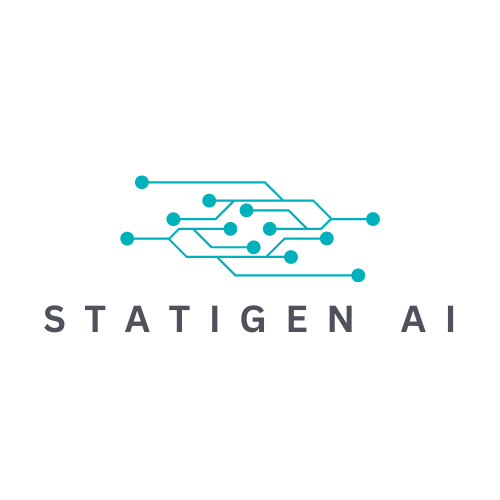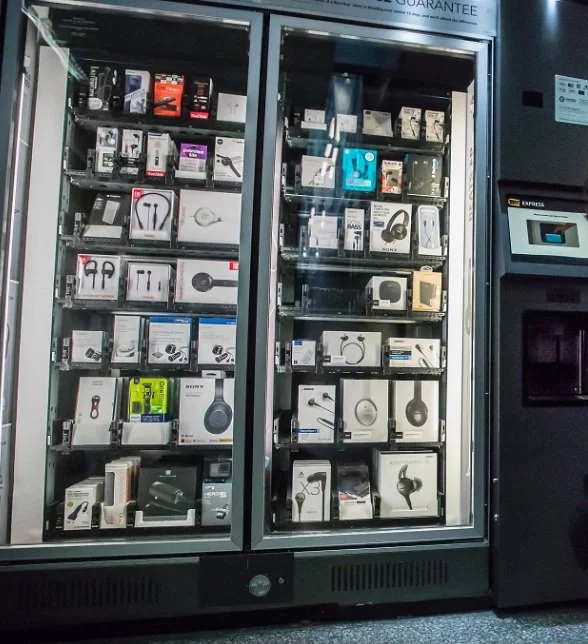Revolutionizing Vending Machines with Computer Vision
STATIGEN entered into a partnership with a predominant distributor of vending machines across the Americas. The aim was to integrate advanced machine learning and data science into client's product line, thereby optimizing performance and enhancing user experience. This case study will detail the central challenges faced by the client and the specific solutions implemented by STATIGEN that increased customer value and business performance.
Challenge 1: Computer Vision for Precise Object Recognition
The client incorporate computer vision and deep learning models into their vending machines to enable precise object recognition, thereby ensuring a seamless customer experience.
Solution: STATIGEN proposed a sophisticated computer vision-based solution that utilized deep learning models, notably convolutional neural networks (CNNs), RNNs, custom-designed for accurate object recognition. Moreover, recognizing the critical role of diverse and representative data in improving model performance, STATIGEN supplemented the training dataset with synthetic data, bolstering model generalization and accuracy.
Challenge 3: Image Signal Quality Enhancement and Noise Reduction
The client required significant improvements in the Signal-to-Noise Ratio (SNR) in their vending machines' image capturing process. This was key to eliminating noise and enhancing the performance of the deep learning models.
Solution: STATIGEN introduced Digital Signal Processing (DSP) algorithms into the image preprocessing stage, which successfully improved the SNR and overall model performance. By actively mitigating noise interference, the quality of images used for object recognition was significantly enhanced
Challenge 5: Optimizing Storage Architecture for Varied Product Assortments
Upon completing the core solution, the client needed to design a storage architecture that could accommodate and manage multiple trained models based on the assortment of products in each machine. A robust and efficient storage system was crucial to ensure that each machine was paired with the appropriate model, and that the usage data was correctly fed into the relevant training processes for continual refinement and retraining of these models.
Solution: STATIGEN responded to this challenge by designing a highly efficient database in Google Cloud Platform’s CloudSQL, with associated model storage in Google Cloud Storage. The usage data from each machine was streamed to Google Cloud Platform, processed through Dataflow Pipelines, and then funneled into BigQuery. This innovative solution ensured efficient management of varied product assortments and facilitated accurate and effective model training processes.
STATIGEN's expertise in machine learning and data science/engineering revolutionized the client’s vending machines offerings. The tailored solutions and advanced techniques improved the accuracy, efficiency, and scalability of the client’s vending machines, driving increased revenue and customer satisfaction. The successful implementation of these solutions showcases STATIGEN's commitment to solving complex challenges and delivering value to its clients.
Challenge 2: Scalability Assurance
To meet the demands of increased customer usage, Company S needed a solution that was both scalable and efficient.
Solution: To tackle this challenge, STATIGEN performed dual optimization. First, the deep learning models were refined for faster inference, enhancing their processing speed. Concurrently, the solution was deployed on powerful edge devices, specifically engineered to handle real-time processing. This ensured a scalable and efficient system that could easily manage high customer usage.
Challenge 4: Navigating Data Scarcity
The client faced the challenge of obtaining a sufficient amount of diverse training data. This data was necessary to train machine learning models to accurately recognize a broad variety of objects across different packaging types and lighting conditions.
Solution: STATIGEN creatively addressed this data scarcity issue by generating synthetic data to enrich the training dataset. Realistic, computer-generated images of objects in various packaging types and lighting conditions were created, diversifying the training dataset and enhancing the models' ability to recognize objects in different scenarios.


